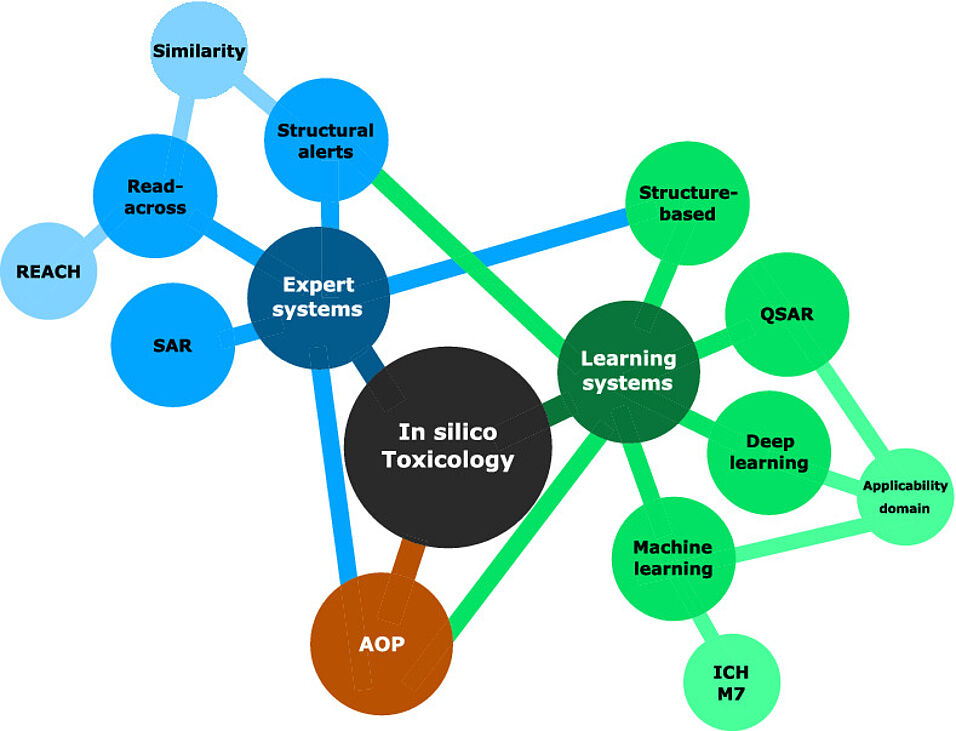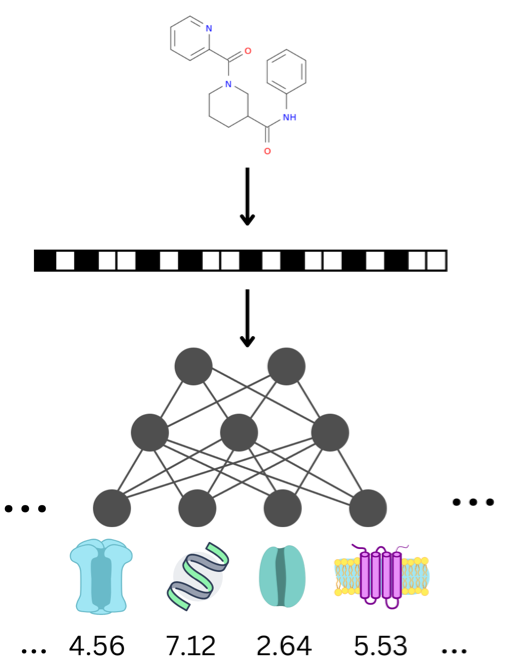Hemmerich, J, Ecker, GF. In silico toxicology: From structure–activity relationships towards deep learning and adverse outcome pathways. WIREs Comput Mol Sci. 2020; 10:e1475. https://doi.org/10.1002/wcms.1475
Abstract
In silico toxicology is an emerging field. It gains increasing importance as research is aiming to decrease the use of animal experiments as suggested in the 3R principles by Russell and Burch. In silico toxicology is a means to identify hazards of compounds before synthesis, and thus in very early stages of drug development. For chemical industries, as well as regulatory agencies it can aid in gap‐filling and guide risk minimization strategies. Techniques such as structural alerts, read‐across, quantitative structure–activity relationship, machine learning, and deep learning allow to use in silico toxicology in many cases, some even when data is scarce. Especially the concept of adverse outcome pathways puts all techniques into a broader context and can elucidate predictions by mechanistic insights.
Funding Information
Austrian Science Fund, Grant/Award Number: W1232; Innovative Medicines Initiative, Grant/Award Number: 777365
Open Access
This article is licensed under a Creative Commons Attribution 4.0 International License, which permits use, sharing, adaptation, distribution and reproduction in any medium or format, as long as you give appropriate credit to the original author(s) and the source, provide a link to the Creative Commons license, and indicate if changes were made. The images or other third party material in this article are included in the article’s Creative Commons license, unless indicated otherwise in a credit line to the material. If material is not included in the article’s Creative Commons license and your intended use is not permitted by statutory regulation or exceeds the permitted use, you will need to obtain permission directly from the copyright holder. To view a copy of this license, visit http://creativecommons.org/licenses/by/4.0/.




